Published August 22, 2019
Building a campfire may seem like a daunting task if you’re new to camping. You may wonder where, with what, how, and when to build one. Luckily, we’re here to break down the basics with a step-by-step guide on how to build 4 essential types of campfires for all occasions!
Where?
Finding the ideal spot to set up your fire is an important first step in creating the perfect campfire. While scoping out a spot, look for an area that is at least 10 feet (3 metres) away from any shrubs, trees, tents, or other flammable objects. The earth should be level, flat, and preferably protected from strong winds.
You might get lucky and find a spot where a fire pit has already been dug, but if not, you’ll need to prepare the pit yourself. To do this, dig a hole about 1 foot deep (30 centimetres) and 3-4 feet wide (about 1 metre), and circle the pit with small-medium sized rocks.
What?
Now that the area is prepared, you can begin assembling your fire! Here are some essential materials you’ll need to get started:
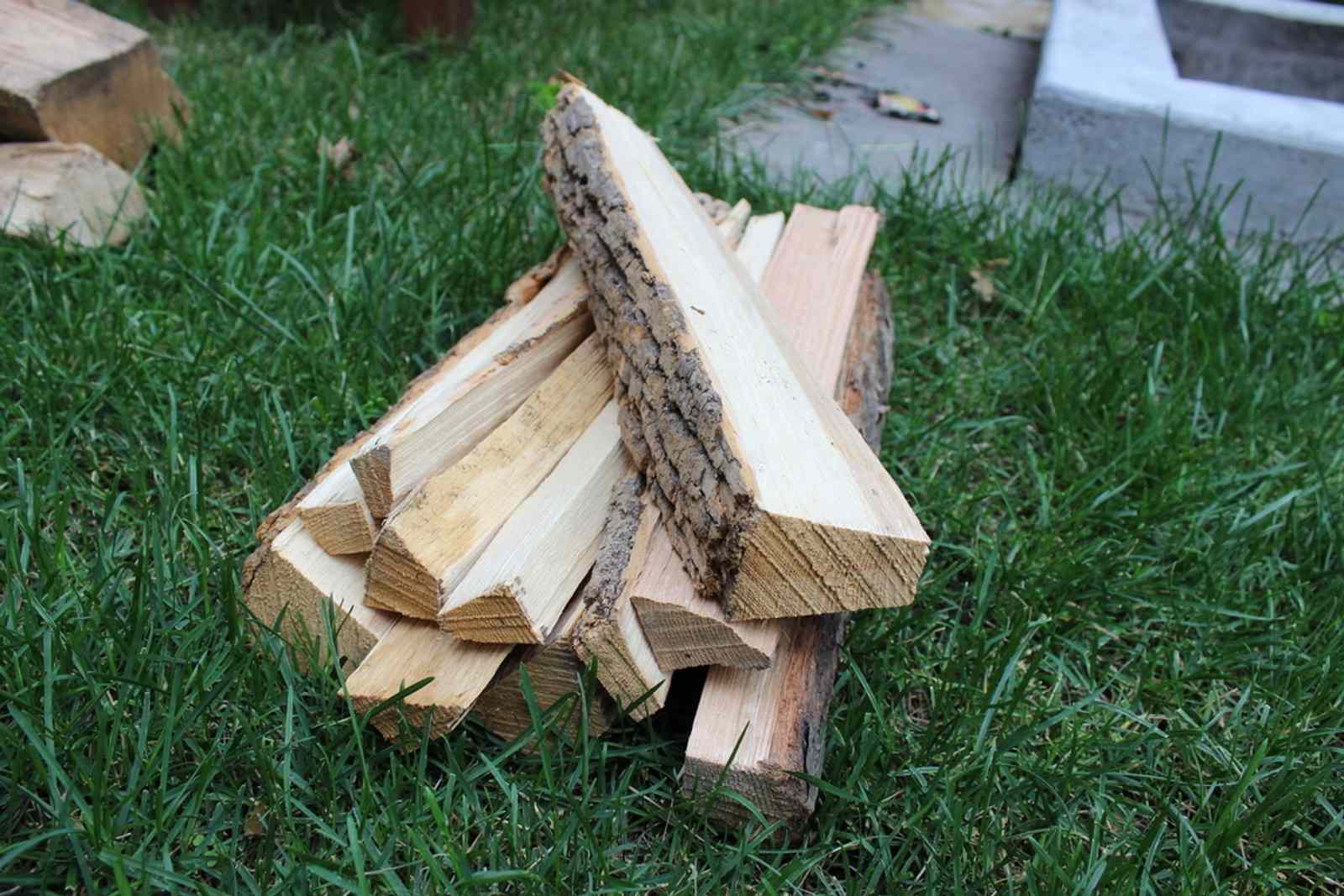
How?
With the materials at the ready, you can now think about which type of campfire to build that will suit the occasion, whether it be for cooking, warmth, rainy weather, or for just a good ole’ fashion campfire to enjoy with friends and family.
Basic - Teepee:
This structure is the classic campfire structure for good reason. It is relatively simple and versatile, and is very effective at producing a large fire. The teepee is ideal for a relaxing night with family and friends around the fire, sharing stories, and roasting marshmallows!

Start by leaning larger pieces of wood against each other, while tucking smaller kindling in between. You may also want to use some tinder such as dry leaves to help get the fire to catch.
Cooking - Platform:
Contrary to what you see in movies of big black pots engulfed by enormous flames, the best campfires for cooking should actually have very few flames at all. Rather, hot coals are the best source of heat for cooking your meals, because they provide more stable heat.
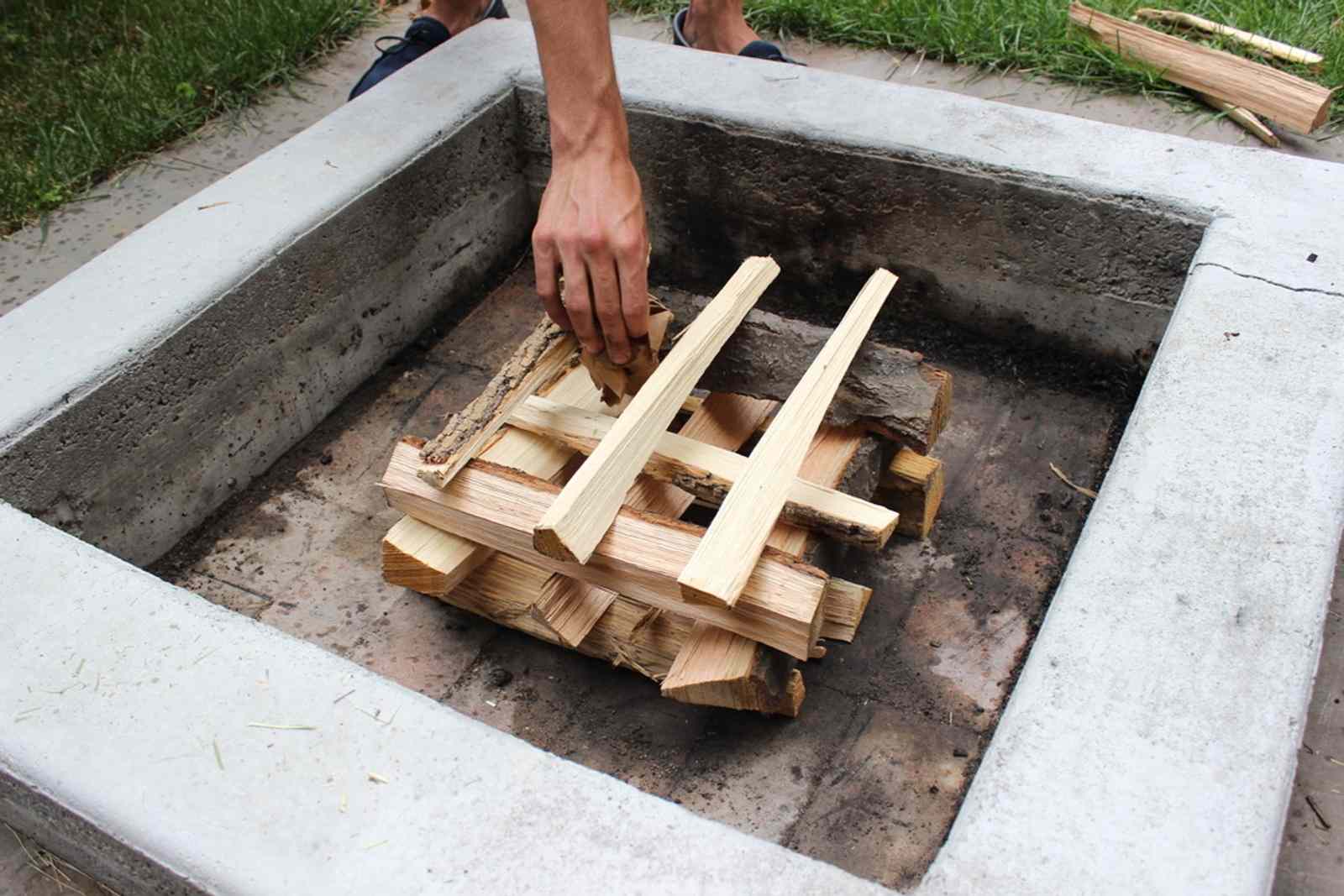
Using flatter, wider chunks of wood, lay a few of them on the ground 2-4 inches (5-10 centimetres) apart, then continue to pile more in alternating layers on top to form a stable and low platform. This formation is able to burn for a long time, unattended, however it can be difficult to get going by itself. Add tinder such as dry leaves, pine needles, or old newspaper in between the cracks of the platform to help catch the main logs aflame.
Bad Weather - Lean on or Cantilever:
This is the best campfire structure for wet weather, but requires a little more planning and execution than the rest. Before building your fire, you’ll want to look for an area more protected from the elements, such as under thick branches, beside a boulder, or a cliff overhang.
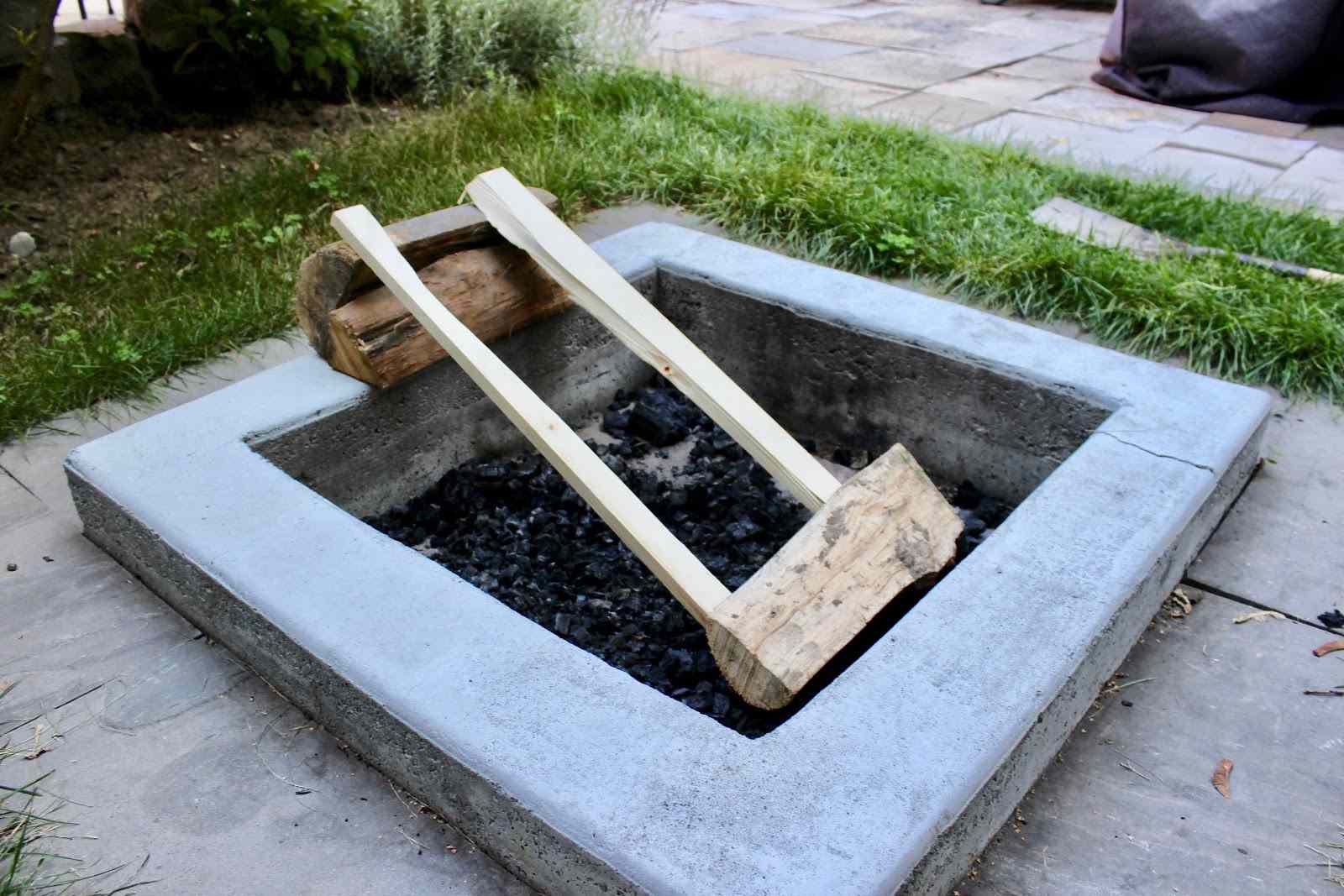
Simply lay two large logs down parallel to each other, about 2-3 feet apart. Next use two longer, thinner pieces and wedge those under one of the logs with the other end of these sticks leaning on top of the second large base piece.
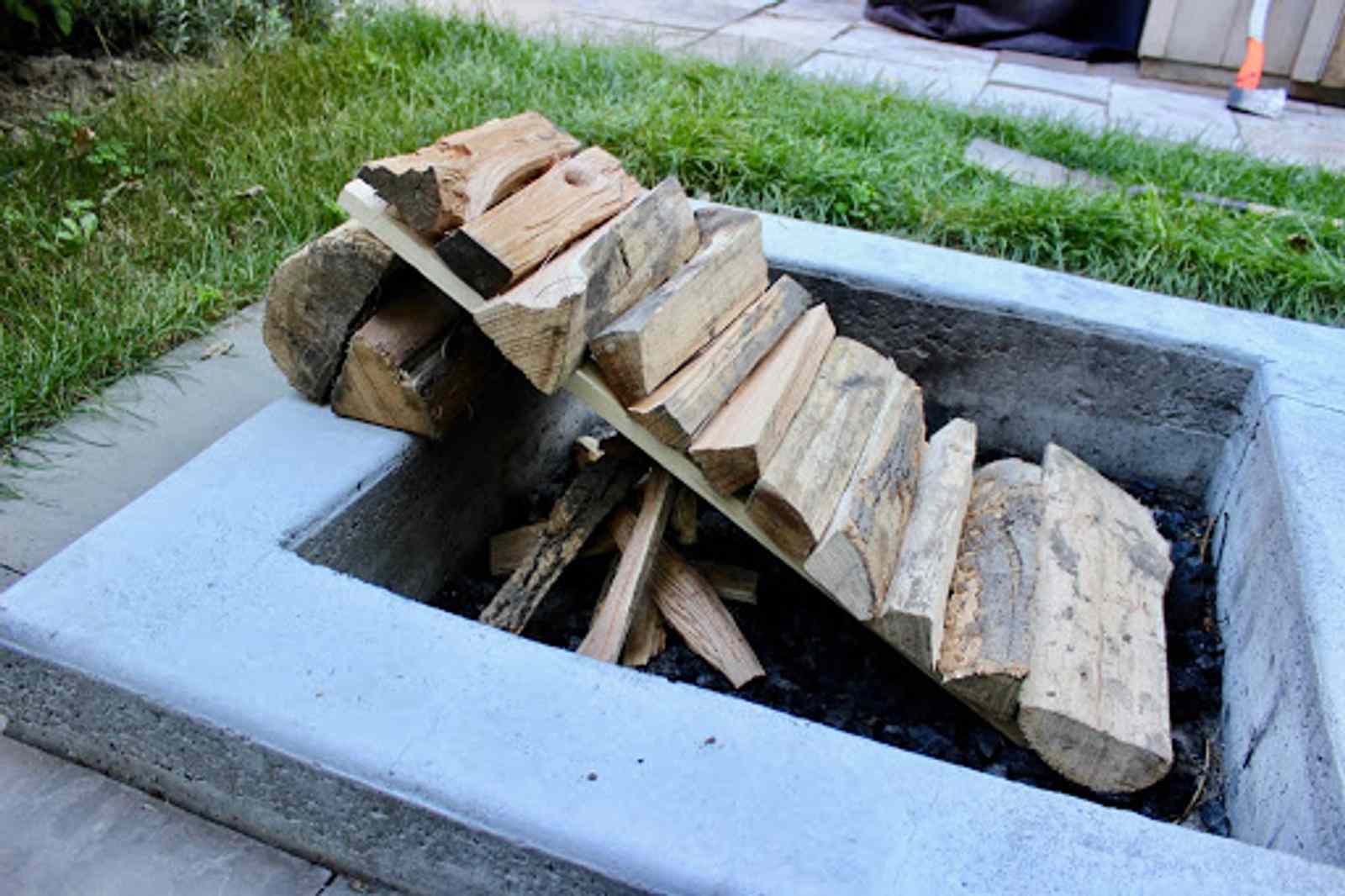
Finally, lean and layer larger pieces of wood onto the supporting platform you created. Finally, build a small teepee underneath the shelter, where it will be protected from the rain and wind!
Warmth - Reflector:
So this structure isn’t really a campfire in and of itself, but rather a campfire accessory! A reflector wall can be built beside a fire in order to retain heat in a more concentrated area to help keep you warm, making it ideal for those particularly chilly days. If you can’t find a natural reflector to build your fire beside, such as a boulder, cliff, or earthen bank, you can make one yourself in a few easy steps.
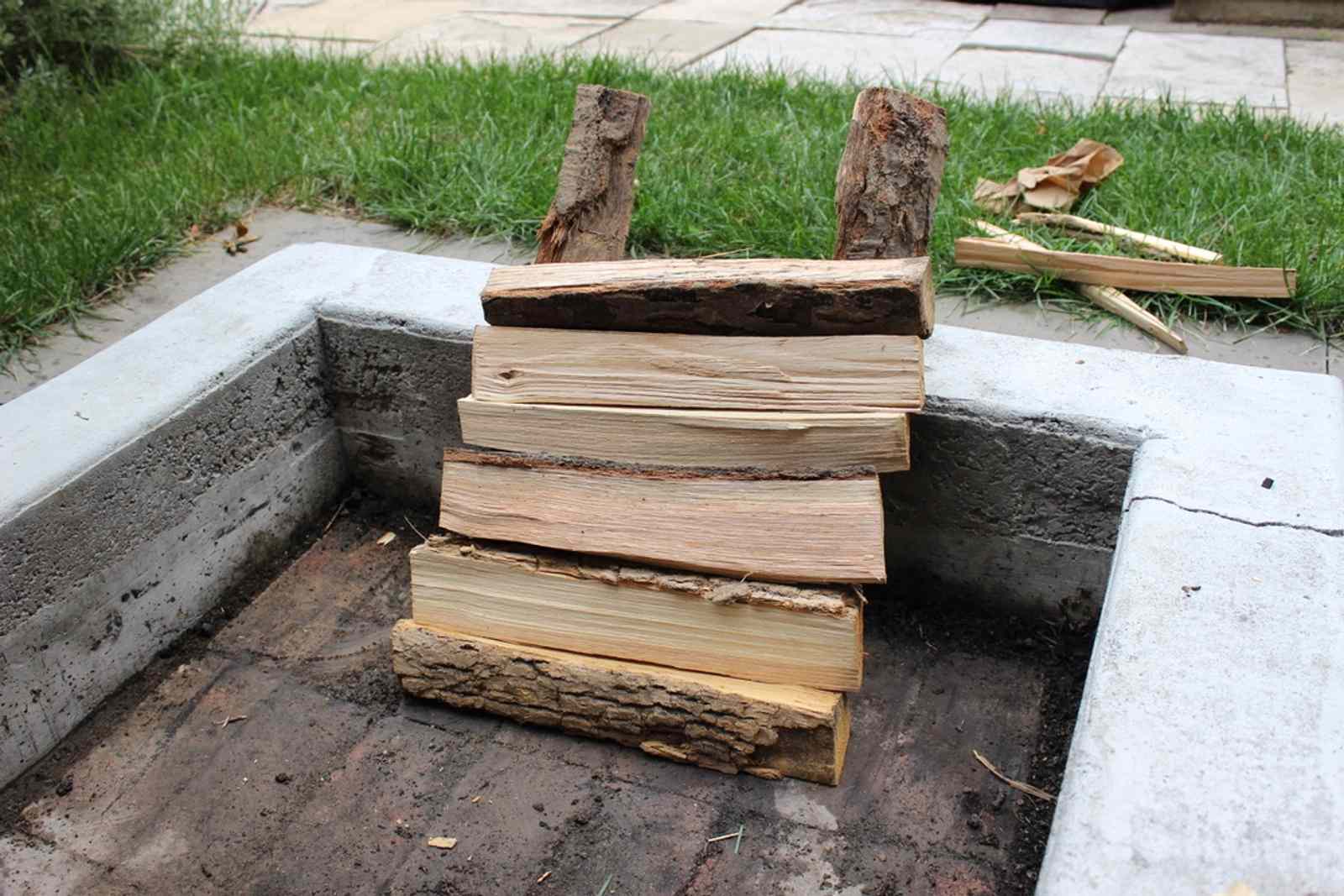
Start by driving two sturdy stakes into the ground at an angle, where you want the reflector to be. Layer logs on top of each other against the stakes to form a wall. The benefits of the wall are not limited to just one! Feel free to build a second or third reflector wall to create even more heat retention.
Last but not least, always remember to put out your fire completely and clean up after yourself.
For more information, check out these great articles:
- Try our favourite Great Lakes camping meals
- Our 5 favourite campsites for families
- 9 top tips for reserving campsites
- Camp for free this summer: your guide to Crown Land camping
